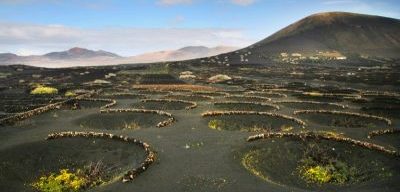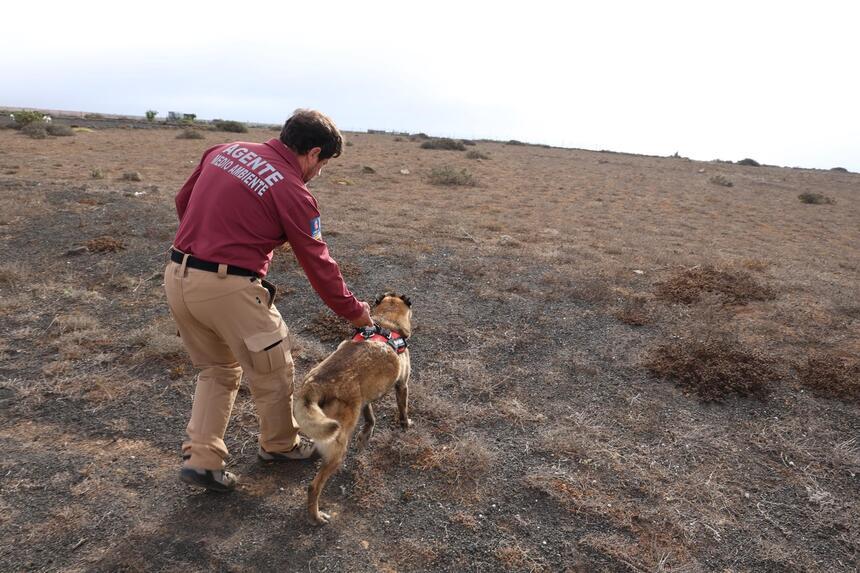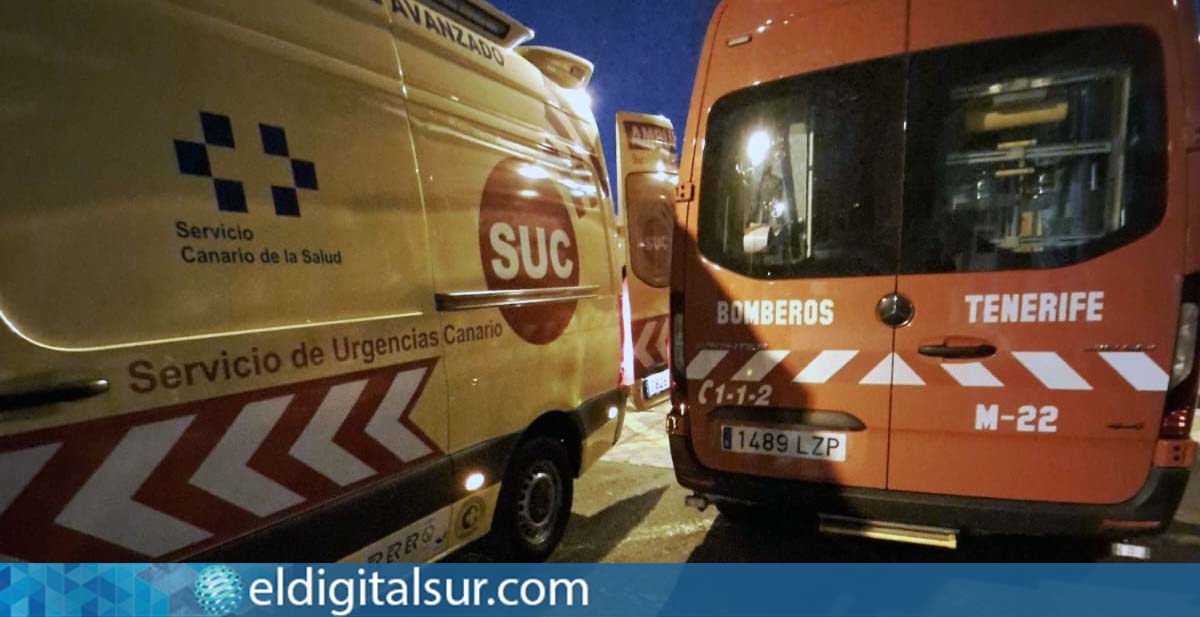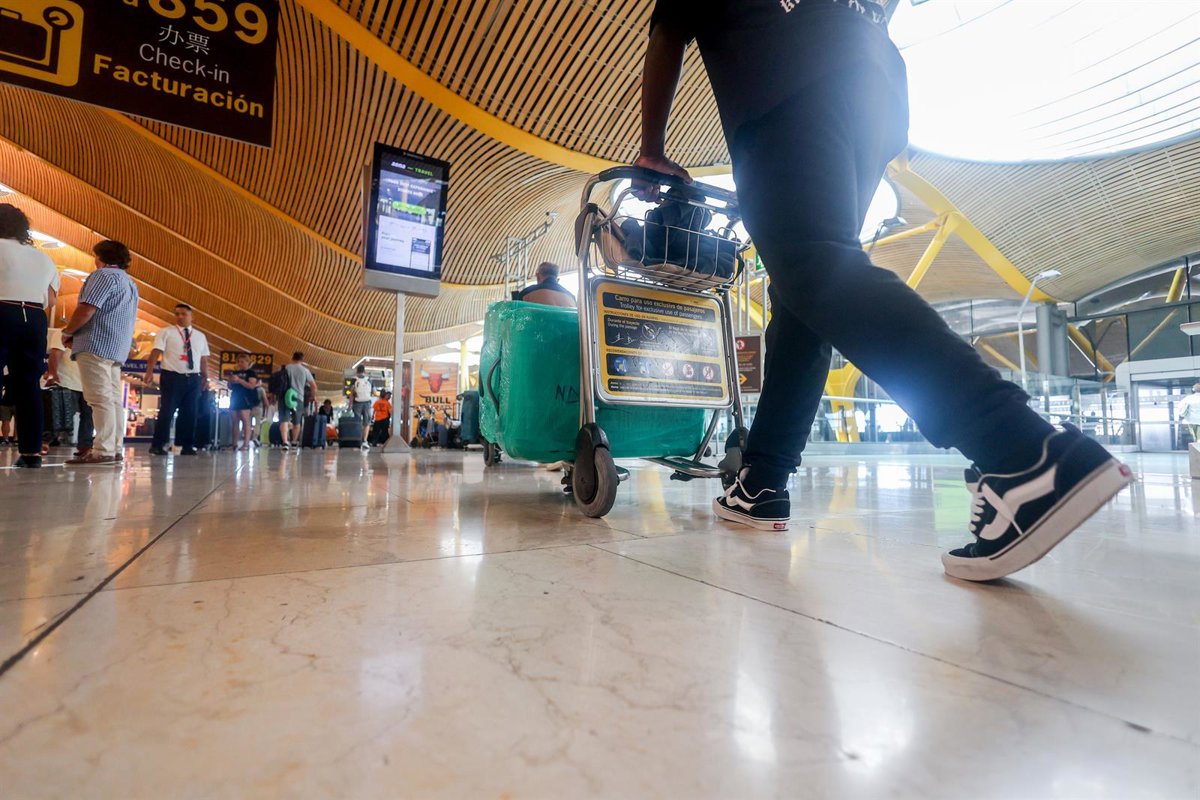
The ship Cable Enterprise docked at the port of Granadilla to finalise preparations for laying the submarine electricity cable that will connect Tenerife and La Gomera. Red Eléctrica, a company under Redeia responsible for the operation and transportation of the electrical system, is completing the work to commence installation before the end of this month, with finishing expected by the end of the year.
This world’s deepest three-core alternating current cable constitutes the underground-submarine dual circuit at 66 kilovolts (kV) – with a transport capacity of 50 megavolt-amperes (MVA) per circuit – comprising an underwater section of approximately 36 kilometres in length, at a maximum depth of 1,145 metres, and two land sections in La Gomera and Tenerife.
For this operation, Red Eléctrica is utilising one of the most advanced vessels available. The Cable Enterprise belongs to Prysmian’s fleet, a global leader in the manufacture, supply, and design of cables. Equipped to maintain stability and autonomy in adverse weather conditions, it performs cable laying and burial operations simultaneously and can support up to 180 tonnes.
The Councillor for Ecological Transition and Energy of the Government of the Canary Islands, Mariano H. Zapata, who visited the vessel yesterday, described this work as “a milestone on a global level and for the energy planning of the Archipelago.” Its development at this cutting-edge installation “is part of the ministry’s energy strategy aimed at ensuring supply across the islands through various measures, such as interconnection,” something that, he stated, will allow Canarias “to continue advancing towards greater penetration of renewable energies and our decarbonisation goals.”
Hernández Zapata highlighted that this strategic project, “which has the maximum guarantees of environmental care,” originates from the collaborative work of the involved administrations and companies along with “the drive from the Government of Canarias and this ministry to ensure that this installation develops as soon as possible, thereby providing enhanced energy security to La Gomera.” He explained that “the laying of this cable is linked to the work being conducted at the El Palmar (San Sebastián de La Gomera) and Chío (Guía de Isora) substations, infrastructure that will complete this interconnection.”
Ainara Irigoyen, Redeia’s delegate in the Canary Islands, asserted that the submarine electrical interconnection between the two islands “represents a significant advancement in the energy transition, as it will provide higher quality and guaranteed energy supply, as well as increased efficiency and decarbonisation in the electricity systems of Tenerife and La Gomera.” Irigoyen valued this cable laying as a technological challenge due to its distance of 36 kilometres and depth of 1,145 metres below sea level.
A Collaborative Effort
Among those visiting the Cable Enterprise was José Miguel Ruano, Second Vice President and Councillor of the Cabildo of Tenerife, who stated that this collaboration “reinforces the joint commitment between the islands to modernise and enhance electrical connectivity, which particularly benefits La Gomera to ensure its electricity supply.” In this respect, Ruano recalled that the Insular Corporation “continues to be committed, in collaboration with other entities, to strengthen energy generation on the island of Tenerife with emergency measures already underway to establish a robust system that meets the needs of the citizens.”
Representing the Port Authority of Santa Cruz de Tenerife, Deputy Director Airam Díaz noted that “it is our primary function to support the diversification of services in our community and their positive impact on the Canary Islands’ economy.” From this perspective, “welcoming this ship at the port of Granadilla is vital for consolidating this dock as a logistical and technical support facility for operations of this nature in such a strategic area as energy.”
The delegation of authorities included the Mayor of Guía de Isora, Ana Dorta; the acting Mayor of Granadilla de Abona, Marcos Antonio Rodríguez Santana; and the project director, Pablo García Celaá.
With this submarine connection, La Gomera will be able to generate and integrate a renewable supply greater than the total energy demand of the island, reducing dependence on the El Palmar thermal power station and improving the quality of supply. On the other hand, the Tenerife system will be able to incorporate the surplus of renewable generation from La Gomera, decreasing fossil fuels and contributing to the reduction of greenhouse gas emissions.
Two Years Since the Groundbreaking
The Redeia Group invests 114 million euros in a project that officially began on 20 March 2023.
With a length of 42 kilometres, the cable, which includes integrated fibre optics, will traverse more than six kilometres underground and another 36 underwater, reaching a record depth of 1,145 metres. Each metre of cable weighs around 50 kilos, amounting to approximately 50,000 kilos per kilometre, totalling over 1,800 tonnes.
The construction of this pioneering engineering feat began on 20 March 2023, as stated by the authorities during the ceremonial laying of the first stone, with Ángel Víctor Torres as President of the Canary Islands.













